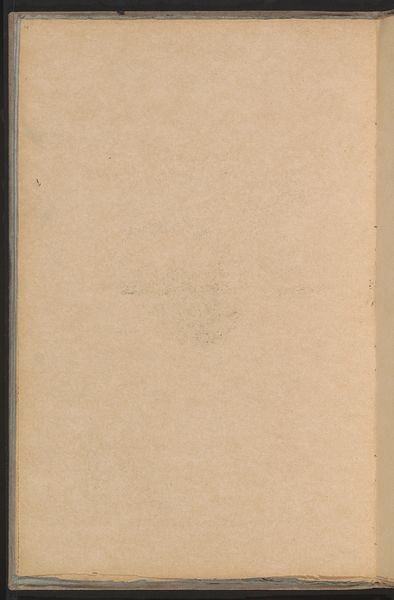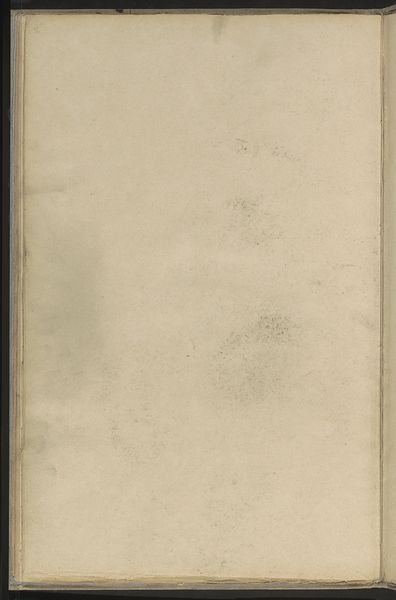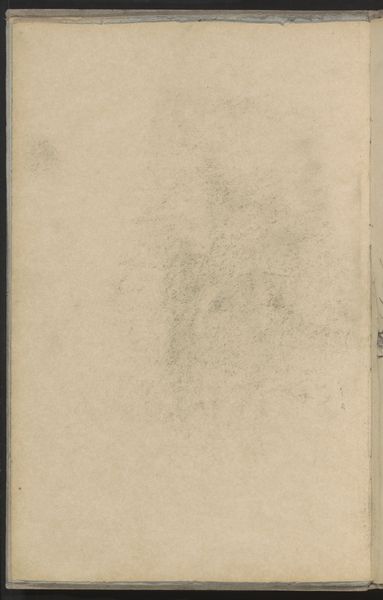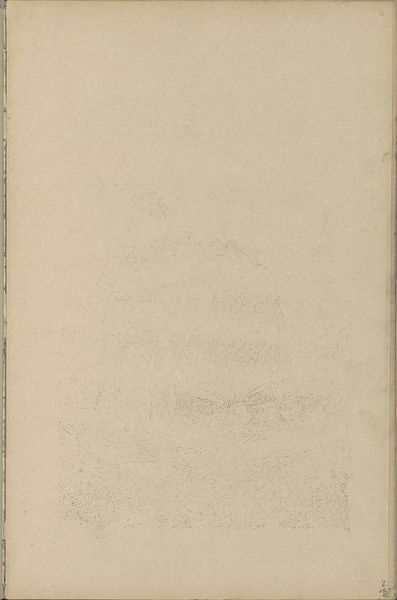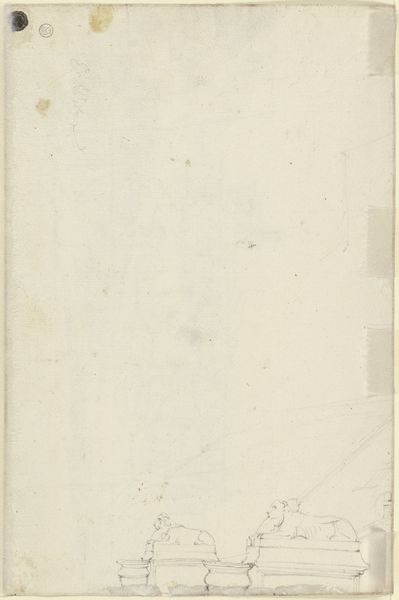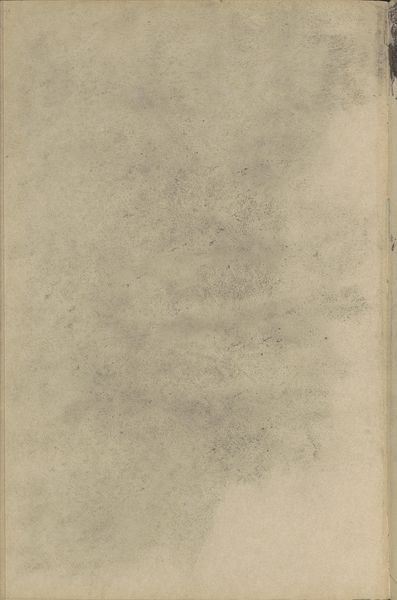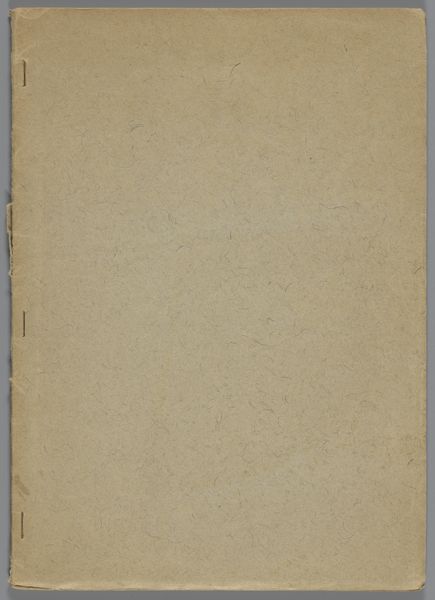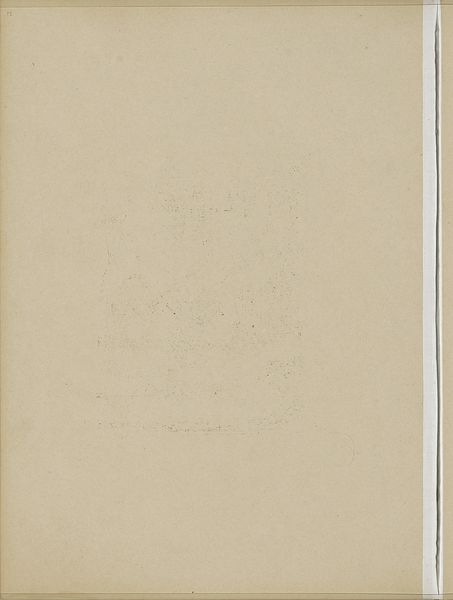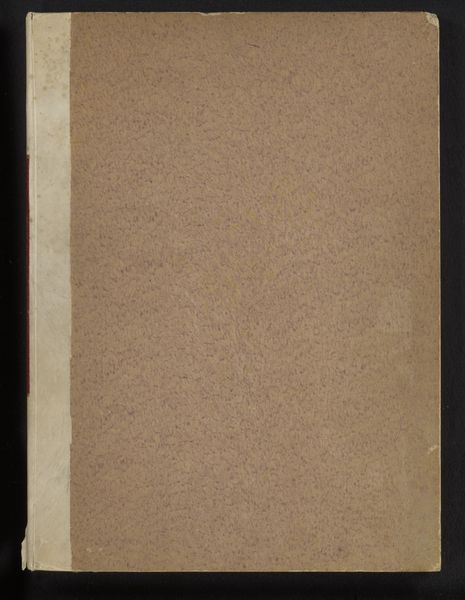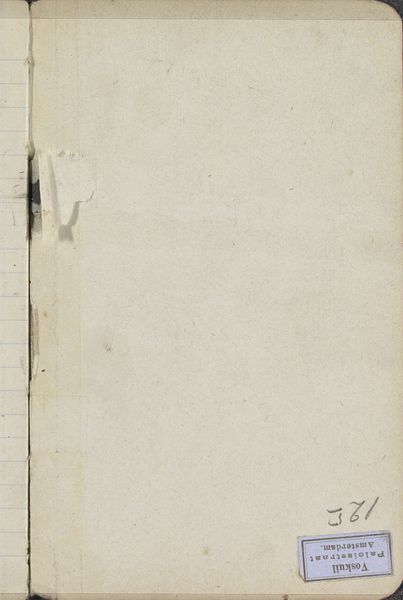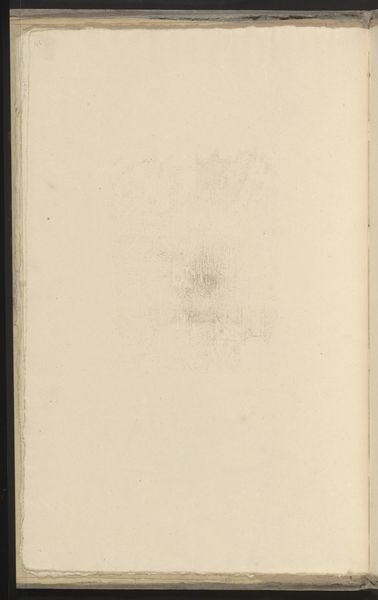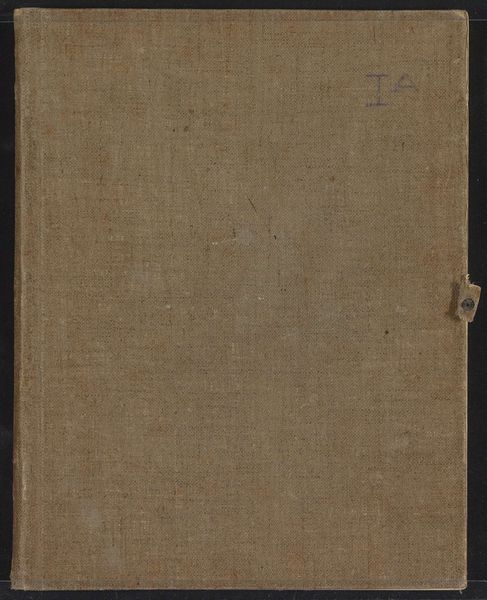
drawing, mixed-media, paper, ink
#
drawing
#
mixed-media
#
impressionism
#
paper
#
ink
Copyright: Rijks Museum: Open Domain
Curator: This is "Abklatsch van een penseeltekening," a mixed-media work on paper by Willem Witsen, dating back to somewhere between 1884 and 1887. What's grabbing you about this piece? Editor: Well, it looks unfinished, or maybe… repurposed? There’s a definite sense of…almost haunting fragility about it, don't you think? Curator: I think that’s insightful. The technique Witsen employs here is fascinating. "Abklatsch" refers to a printing technique, literally meaning "blot" or "impression," it allows a mirror image to be transferred onto another surface, capturing textures and impressions. Editor: So, in effect, it’s a ghost of a drawing? An echo of a thought, perhaps? Thinking about impressionism, did Witsen explore this method to mirror the ephemeral, fleeting nature of modern experience? Curator: Precisely. The almost accidental quality created by the "Abklatsch" emphasizes the ephemeral. There's an immediacy and an authenticity in capturing a single moment in time, without pretension or labor. In this piece, there's this lovely layering of the ink's tones creating atmospheric depth in what is quite simple on the surface. Editor: Yes, and I see something radical in it too – this idea of transferring, duplicating. It anticipates questions about authenticity and the aura of art that were later taken up so compellingly by Walter Benjamin. Considering it’s around the 1880s, what sort of cultural contexts are influencing his vision? Curator: Well, the late 19th century in the Netherlands was a time of rapid social and industrial change, impacting artistic circles. Witsen was part of the Tachtigers movement, a group of Dutch artists and writers rebelling against prevailing academic traditions, yearning for artistic freedom. The rise of photography, also influenced them as it allowed art to embrace subjective perspectives. Editor: Right. So it's a direct challenge to the stiff academy? In a society built on very strict hierarchies? A ghost then could even stand for freedom! Curator: Maybe. To me this whisper from the past carries the promise and energy of something new trying to break through the established order. It reminds me to cherish the fresh ideas even when their outlines are not perfectly formed yet. Editor: For me it feels incredibly contemporary still – questioning authorship and the ‘original,’ mirroring and impressions as tools for artistic expressions; maybe the ghost is our own desire to question.
Comments
No comments
Be the first to comment and join the conversation on the ultimate creative platform.
